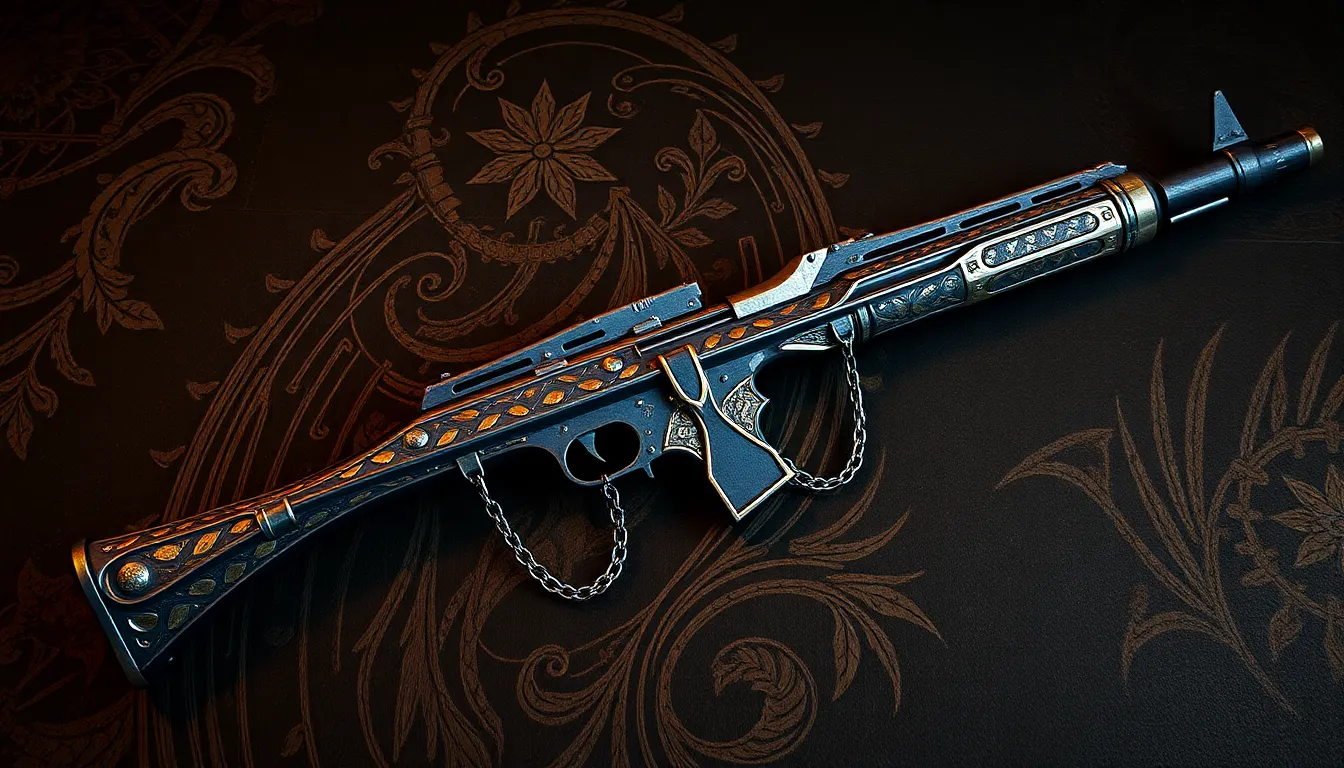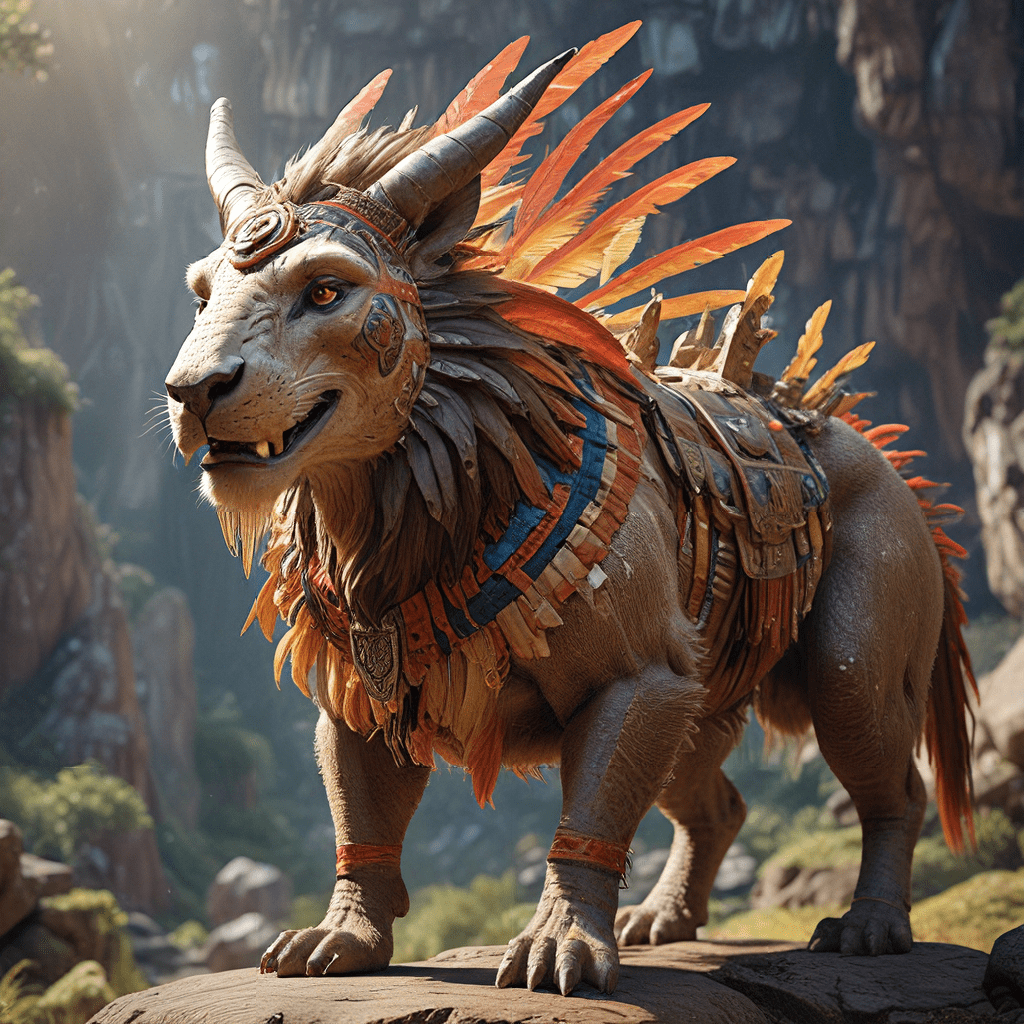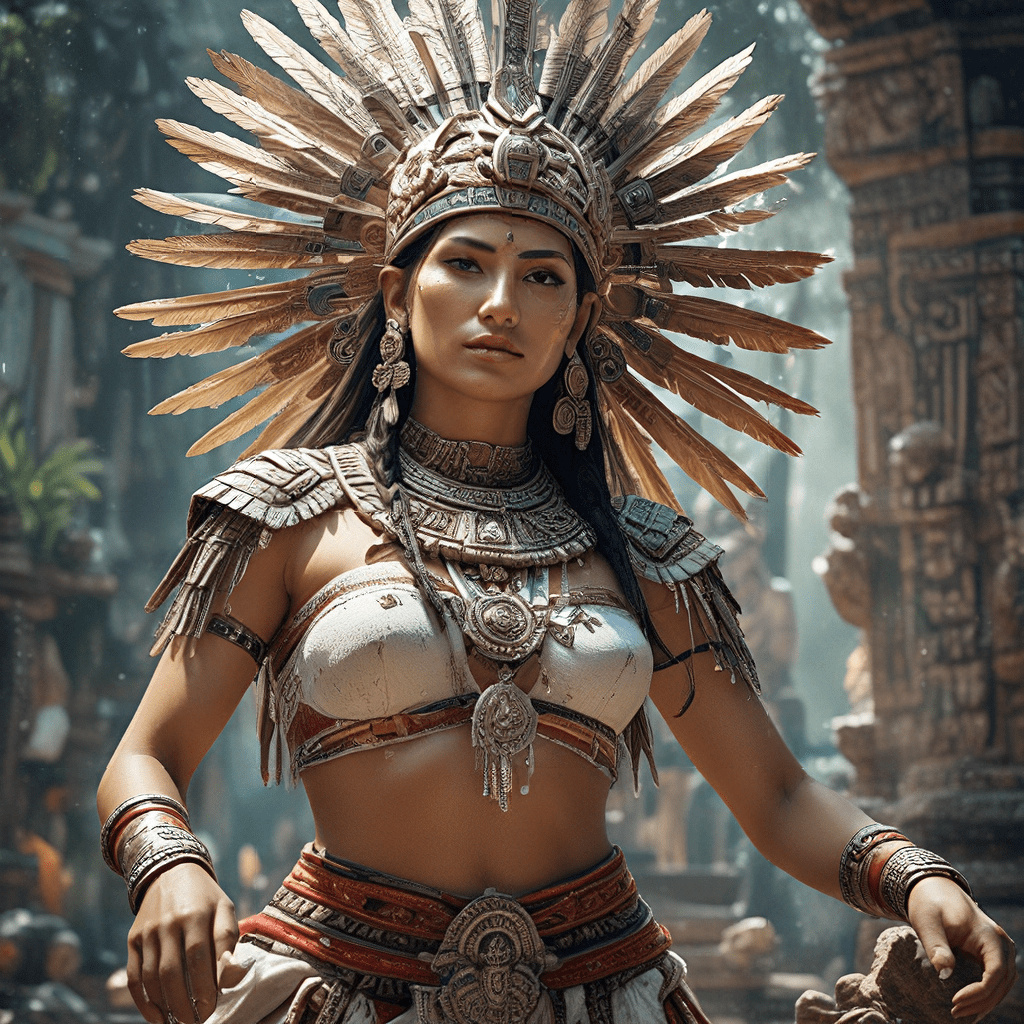The Forgotten Weapons of Myth: 7 Armaments You Never Knew Existed!
1. Introduction: The Allure of Mythical Weaponry
Throughout history, weapons have held a significant place in mythology and folklore. They are not merely tools of war; they are extensions of the heroes who wield them and symbols of their struggles and triumphs. The allure of these mythical weapons lies in their fantastical abilities and the stories that surround them. Forgotten armaments often carry profound cultural significance, reflecting the values and fears of the societies that created them. This article aims to unveil some of these lesser-known mythical weapons and explore the rich tapestry of legends that accompany them.
2. The Context of Mythical Weapons: A Historical Perspective
Weapons in ancient myths served multiple purposes: they were symbols of power, tools of destiny, and embodiments of divine will. From the legendary Excalibur to the Greek spear of Achilles, these armaments shaped narratives and defined heroes.
- Role in Myths: Weapons often signify a hero’s journey, marking their growth and challenges.
- Shaping Narratives: Many myths revolve around the quest for a weapon, symbolizing the struggle for power or identity.
- Connection to History: While mythical, many of these weapons draw inspiration from real historical artifacts, blending fact and fiction.
3. The Legendary Sword of Aetherius: Forged in the Stars
The Sword of Aetherius is said to be forged from the very essence of the cosmos, glowing with a celestial light. According to the myth, it was created by the ancient celestial smiths, who imbued it with the power to cut through the fabric of reality itself.
Legends tell of heroes who wielded the sword, each leaving a mark on history:
- Orin the Brave: A hero who used the sword to vanquish a dark sorcerer threatening his realm.
- Seraphina the Starborn: A warrior princess who wielded the sword to unite warring kingdoms.
4. The Celestial Bow of Wyrda: The Archery of Fate
The Celestial Bow of Wyrda is more than just a weapon; it is a conduit for fate itself. Crafted from the branches of the World Tree, Yggdrasil, the bow is said to have the power to alter the destinies of those it strikes.
Many legendary archers have encountered this bow, with stories reflecting their fates:
- Thalion the Keen-Eyed: An archer whose single arrow changed the course of a great war.
- Lyra of the Wind: A fabled huntress who became a goddess after a single shot with the bow.
The symbolism of the bow spans cultures, representing not only skill but also the delicate balance of fate.
5. The Shield of Echo: A Defense Against Deceit
The Shield of Echo is imbued with the power to reveal truth and dispel deception. Forged by the goddess of wisdom, Athena, the shield is said to reflect the true intentions of those who approach it.
Throughout mythology, deception often plays a pivotal role, and the Shield of Echo serves as a powerful tool against it:
- Theseus: Used the shield to expose the treachery of the Minotaur.
- Hercules: Employed it in his quest to discern friend from foe.
6. The Spear of Vanagandr: The Beast Within
The Spear of Vanagandr is steeped in the lore of Norse mythology. Forged from the fangs of Fenrir, the great wolf, this spear is imbued with primal energy and ferocity.
Wielders of the spear often found themselves in epic battles:
- Ragnar the Fearless: A legendary warrior who used the spear to defeat monstrous foes.
- Freya the Fierce: A shield-maiden who harnessed its power to protect her people.
This spear symbolizes the struggle against one’s inner demons and the ferocity of nature itself.
7. The Crown of Thorns: A Weapon of Subtlety
The Crown of Thorns is unique in its dual purpose; it serves both as a crown of glory and a weapon of manipulation. Crafted from the branches of a sacred tree, it represents the weight of leadership and the pain of sacrifice.
Myths surrounding the crown often highlight the unforeseen consequences of power:
- King Aelric: Wore the crown and faced betrayal from those he trusted.
- Queen Isolde: Used its power to bring peace but suffered great personal loss.
Across cultures, the crown symbolizes both the burden of leadership and the delicate balance of power.
8. The Dagger of Shadows: A Silent Assassin’s Tool
The Dagger of Shadows is a weapon shrouded in mystery and lore. Made from the remnants of fallen stars, it is said to grant its wielder the ability to move unseen and strike silently.
Many infamous assassins have wielded this dagger:
- Nerith the Silent: Known for his stealth, he used the dagger to eliminate tyrants.
- Elara the Veiled: A shadowy figure who wielded the dagger to protect the innocent.
This dagger represents themes of betrayal and secrecy, highlighting the darker aspects of human nature.
9. The Hammer of Gaea: Earth’s Wrath Unleashed
The Hammer of Gaea resonates with the power of the earth itself. Forged in the depths of the mountains, it symbolizes both destruction and creation, embodying the duality of nature.
Myths surrounding the hammer often depict it as a tool of divine intervention:
- Thor: Used a similar hammer to protect the realms from giants and chaos.
- Gaia: In some tales, wielded it to reshape the land and restore balance.
This hammer serves as a reminder of nature’s power and the need to respect the world around us.
10. Conclusion: Reviving the Myths of Forgotten Armaments
The mythical weapons outlined in this article reveal a rich tapestry of stories and cultural significance. Each weapon carries with it a legacy, reflecting the values and beliefs of the societies that birthed them. By revisiting these forgotten armaments, we not only celebrate the creativity of ancient myths but also explore the timeless themes of power, fate, and human nature. As we continue to share and reinterpret these legends, we keep the spirit of these mythical weapons alive, reminding us of the allure of the fantastical.




